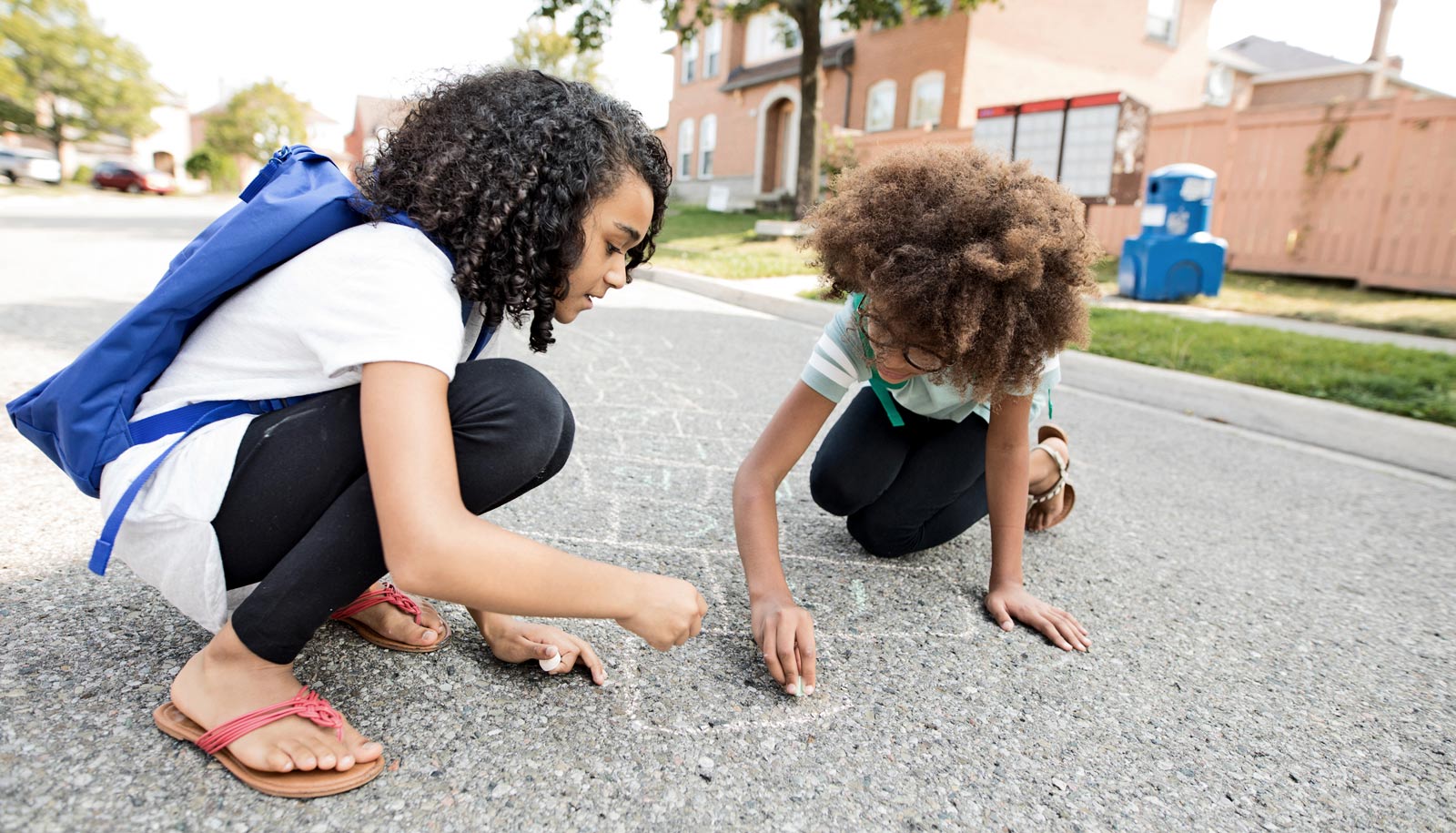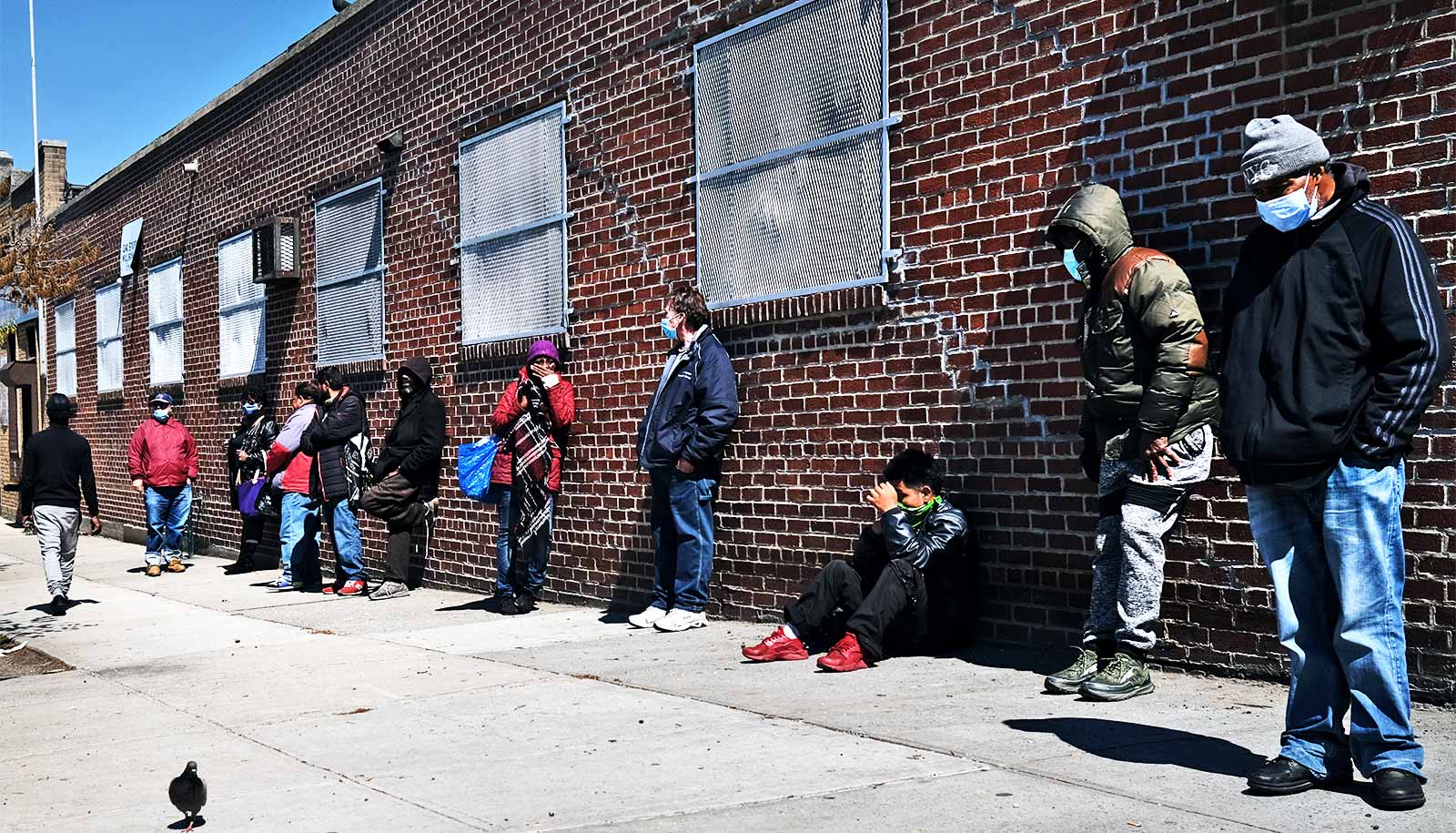
(Credit: Getty Images )
Move to wealthier area is easier for kids than teens
Children make friends—and find a "sense of belonging"—faster than teenagers after a move to a more affluent neighborhood, research shows.
After moving from a low-income neighborhood to a more affluent one, elementary school kids make friends faster than teenagers, research shows.
For a new study, researchers examined how children adjust to more affluent neighborhoods and higher-performing schools after their families moved with the help of a housing voucher program.
Friendships with peers play a big part in how children adapt to higher-income neighborhoods, says Anna Rhodes, assistant professor of sociology at Rice University. The way children formed new friendships varied dramatically between those who moved during middle childhood (ages 9-12) and adolescence (13-20).
While elementary school age children in the study generally made friends quickly—in part thanks to shared activities and other things in common—teenagers took longer and exercised more caution. Teens were also more likely to maintain friendships in their old neighborhoods.
Sense of belonging
“The younger children who moved benefited from an easier process of making new friends, on top of less exposure to high-poverty neighborhoods,” Rhodes writes.
“These new friends then supported children’s sense of belonging in their new school and encouraged their engagement and academic motivation in school, which enhances the potential for these children to experience educational benefits following the move.
“In contrast, the adolescents, who were more cautious and slow about forming new friendships and maintained old relationships, did not enjoy the same benefits.”
Previous research suggests that a sense of belonging can affect how well students adjust to a new school and how well they perform in the classroom, Rhodes says. Offering families who move into new neighborhoods information about social, recreational, and religious activities might help adolescents form friendships as quickly as younger children.
It’s not always easy
The study, which appears in Social Forces, looked at the behavior of 79 low-income black youth after they moved to higher-income neighborhoods in suburban Baltimore as part of a residential mobility program.
As Congress considers authorizing a new housing choice voucher program, Rhodes says policy makers need to understand how families—especially children—deal with the experience of moving into their new homes.
“These findings highlight the importance of providing families with information about the resources they can access in their new communities that will promote their children’s social integration after they move,” Rhodes writes.
“Youth of all ages experience benefits from moving to safe, low-poverty neighborhoods, but acknowledging the age-specific challenges youth face when negotiating this move will help us more effectively support them through the social transition that comes with moving.”
The National Science Foundation funded the work. The National Academy of Education and the Spencer Foundation Dissertation Fellowship Program supported Rhodes’ analysis.
Source: Rice University
The post Move to wealthier area is easier for kids than teens appeared first on Futurity.
Share this article:
This article uses material from the Futurity article, and is licenced under a CC BY-SA 4.0 International License. Images, videos and audio are available under their respective licenses.


